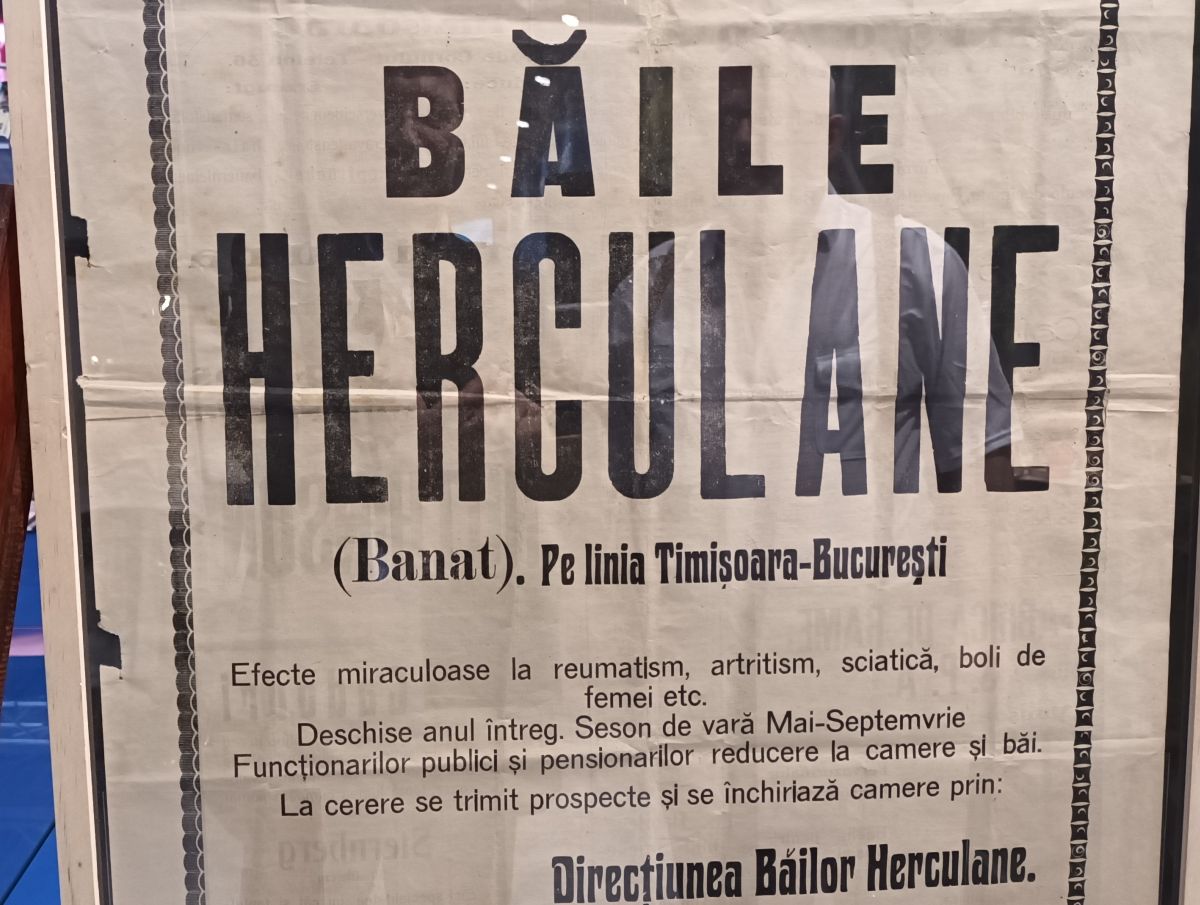Landmarks in modern Romanian history
The Tudor Vladimirescu Year, marked in 2021

Ana-Maria Cononovici, 22.06.2021, 14:00
The year 2021 is, among other things, a year of utmost
importance for the history of Romania. In 2021 we mark 200 years since an
iconic event occurred in Romania’s past. Historians have been unanimous in
describing the event as the trigger factor for the process of national rebirth.
Such a process was possible against the backdrop of a deep-seated social discontent.
The event is known as the 1821 Revolution. In April 2021,
Romanian Parliament voted in favor of the year 2021 being officially declared
the Tudor Vladimirescu Year. By the same token, Ecaterina Teodoroiu and Tudor
Vladimirescu were granted hero status of the Romanian nation. In one of our previous instalments we focused extensively on the events
staged in Gorj county, the native region of both Teodoroiu and Tudor
Vladimirescu. Our host back then was Gorj County
Council’s spokesperson Oana Palos. It is also Oana Palos we have
approached, so that she may give us details on the whys and the wherefores of
the 1821 Revolution. First off, Oana Palos emphasized the importance of the
1821 Revolution.
Oana Palos:
In fact, it
was a revolt known as the Revolution of 1821, which was started right here in
Gorj, by a bunch of commoners who were known as panduri/pandours (irregular,
skirmisher troops) and who grouped themselves around Tudor Vladimirescu, a
chieftain who was also born in Gorj, into a family of freehold peasants. The
Revolution flared up and galvanized Oltenia, reaching as far as Bucharest, but it was short-lived, it lasted for a couple of months,
because Tudor Vladimirescu was assassinated, just as it happened to a great
many other Romanian leaders, at various stages in history. However, for the
full commitment of those who fought for the Romanian cause, the 1821 Revolution
earned its place in history and Tudor Vladimirescu gained hero status, being
associated, according to the traditional mindset, to the status of prince,
Prince Tudor. Let us perform an exercise in imagination, 1821, 1921, 2021. We
go across time and space. And here we are, marking 200 years since those
events. Allow me to invite you to think of the month of June
1921, when, a century ago, Tudor Vladimirescu’s centennial had also been marked
through the reinterment, in Targu Jiu, of the remains of Romanian army’s first
female officer who fought in World War One, we’re speaking about Ecaterina Teodoroiu,
the young woman who was also born in Gorj, back in the day she took a go-against-the-grain-stance
and went on to become a symbol of courage and sacrifice.
Oana Palos also told us that, locally, a yearly
program has been thought out, dedicated to Tudor Vladimirescu’s bicentennial,
including cultural and artistic evocative presentations, so each and every
month, taking into account the circumstances generated by the pandemic,
exhibitions were mounted as well as stage performances or religious and
military ceremonies.
Oana Palos:
On May 2, but also on June 9,
the events we staged were held under the aegis of the bicentennial. In Tudor
Vladimirescu’s birthplace, the commune of Vladimir, in the very house where he
was born, a wreath-laying ceremony with military honors was held, followed by a
significant historical and military reenactment of a battle episode in 1821,
when the apparel was presented, typical for the age, that of the boyars, of the arnauti (the Albanian guards), the pandours. In the same evocative vein, this
time on June 9, in the center of Targu Jiu municipal city, where The Heroine of
Jiu is interred, at the Mausoluem that was erected in her honor, a wide-scope
series of events was held, followed by a traditional manifestation: a
commemoration round dance was performed, whose significance was twofold: 200
years since the Tudor Vladimirescu’s Revolution and 100 since the reinterment
of Eaterina’s bones in Targu Jiu. We should also say that the official
commemoration divine service was performed by a 100-strong gathering of
priests, the number of one hundred was purposefully picked, to pay tribute to
Ecaterina Teodoroiu, the divine service was followed by that ancient, typical
Gorj custom, the commemoration round dance, usually performed to commemorate
the departed. The custom has been preserved to this day. Also, as an absolute
first, a stage performance was presented, titled The Tudor Vladmirescu Case,
no doubt, a one-of-a kind-performance, primarily because of its concept, we’re
speaking about a rock opera, a fusion between a ballad, rock and traditional music, which brought before
the audiences unique episodes of Tudor Vladimirescu’s life way back when the
battles were waged, led by him, yet the conception is a modern, abstract one.
We would also like the show to become an element of tourist attraction, it will
be on in Targu Jiu for the summer.
Oana Palos once again, this time speaking about other projects they have
prepared for the Tudor year.
What else have we prepared for the Tudor Year…Projects,
that’s for sure, and we want them to have as great an impact as possible. We’re
speaking about photo-documentary exhibitions, including documents from museum
archives and the collection that are our property, pertaining to Tudor
Vladimirescu’s life and activity, launching events for photo and graphic
albums, street performances, theatre and film festivals. In august, for
instance, and also as part of the bicentennial, we will mount a street
exhibition with 50 metal boards being placed in the city center with historical
images of the Revolution, we will also have images projected on the municipal
city’s historical buildings, a national historical film and theatre festival
will also be held, the Vatra/The Hearth festival.
The organizers are set to facilitate participation in
the events to all those who so wish, so they assured us we’re only one click
away from that. We can follow, live online, all the events, if we search Gorj,
Targu Jiu, Tudor Vladimirescu on our computers.
(Translation by Eugen Nasta)






























